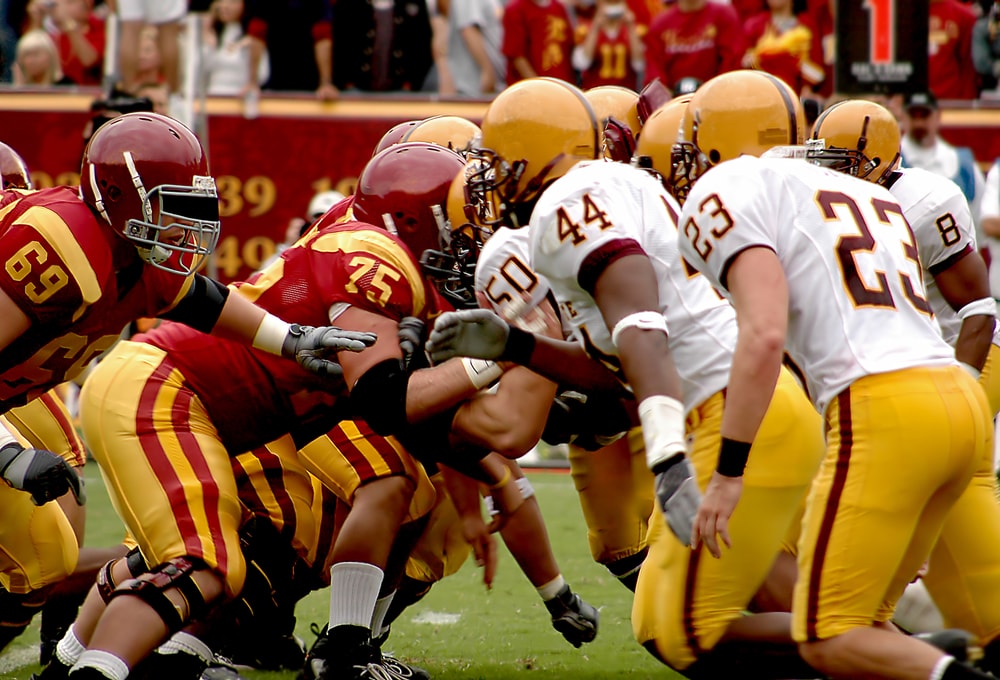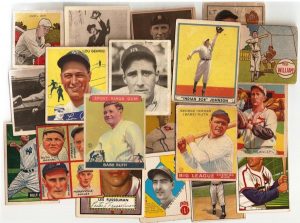3 Lessons Businesses Can Learn from Throwback Uniforms

What is it with sports teams and throwback uniforms? Throwbacks used to be a novelty worn once in a blue moon for some sort of promotional or charitable purpose. Now it seems like every professional team wears throwback uniforms at least a couple of times per season. Even colleges are getting in on it.
For whatever reason, the people who manage sports teams think throwback uniforms are always a good idea. Sometimes they are, but most times they’re not. According to Alsco, the experts on company uniforms, every use of a throwback has to be taken on its own merits.
Does your company require employee uniforms? If so, here are three lessons you can learn from sports team throwbacks:
1. Products and Services Are More Important
On the final weekend in September 2019, the NFL’s Chicago Bears hosted the Minnesota Vikings wearing throwback uniforms from the late 1930s. The uniforms were chosen by the team’s social justice committee as a means of making a statement about the days when black players were excluded from the NFL.
The statement is a noble one indeed. But let’s face the truth: the vast majority of fans at Soldier Field were more interested in the product on the field. It is quite likely that none of them attributed the Bears’ victory to the uniforms team members were wearing. And had the game gone the other way, fans would have been critical of the players performance. There would have been little mention of the uniforms.
The point here is that a company’s products and services are more important than the uniforms employees wear. Uniforms should certainly look good and be appropriate to the business, but they should never be a substitute for taking care of customers. At the end, customers are most concerned about what they are getting for their money.
2. Sometimes the Past Should Stay in the Past
Every now and again a sports team will don a throwback uniform that really should never have been considered. Are you familiar with the Pittsburgh Steelers bumblebee throwbacks? They were uniforms dating back to 1933, uniforms that got their name from black jerseys with gold stripes that made players look like bumblebees.
The uniforms were so bad that the Steelers no longer use them as their throwbacks. Instead, they have turned to uniforms from the late 70s when the Steelers were the team to beat in the AFC.
The lesson here is that sometimes the past should stay in the past. Just like the Steelers should forever keep the bumblebee uniforms in moth balls, McDonald’s and Burger King should never bring back the loud and ostentatious uniforms of the 1970s.
3. Different Uniforms Can Confuse People
Last but not least is the unavoidable truth that throwback uniforms can sometimes confuse people. On the same weekend the Bears played the Vikings, NCAA football featured a game between Wisconsin and Northwestern. Both teams wore throwbacks – or at least uniforms inspired by throwbacks.
If you were a fan unprepared for what you were about to see, you could have easily been confused as you turned on the TV at the start of the game. Wisconsin’s normally red and white color scheme had been replaced by red and copper, making the team look more like the San Francisco 49ers. Northwestern’s throwbacks could easily have been confused with Auburn or TCU uniforms.
Bringing old uniforms out of mothballs can be confusing. Likewise, a drastic uniform change among your employees can confuse your customers. It might be better to invoke subtle changes rather than going all in, all at once.








